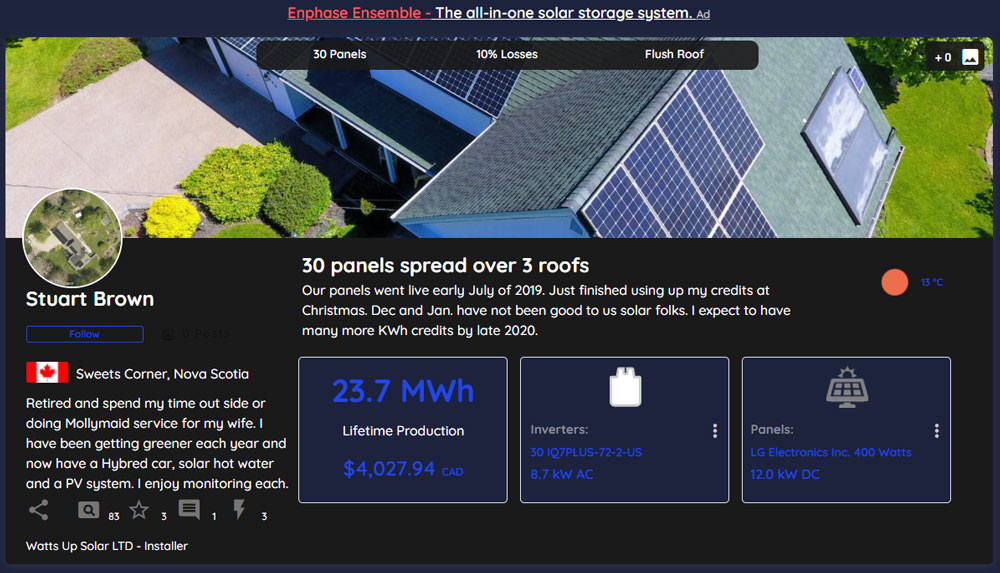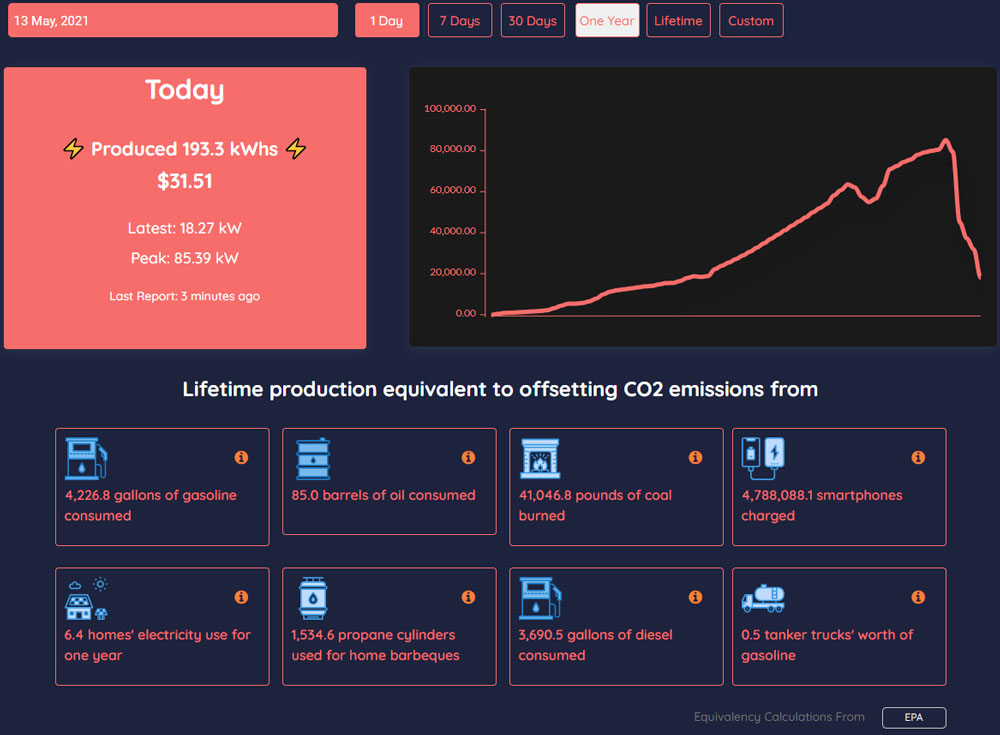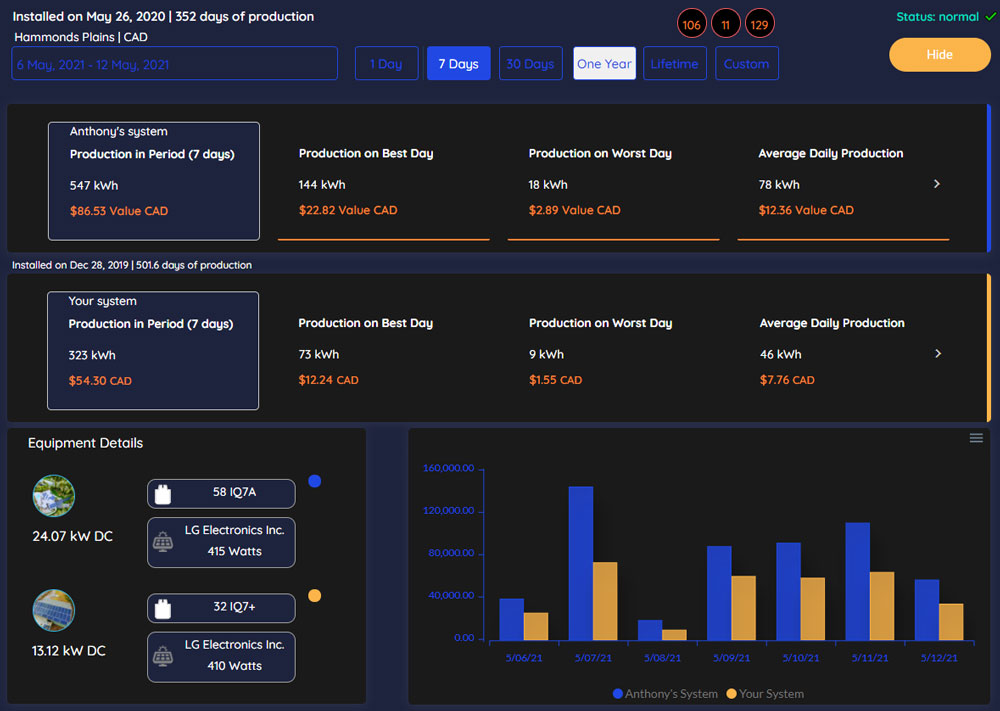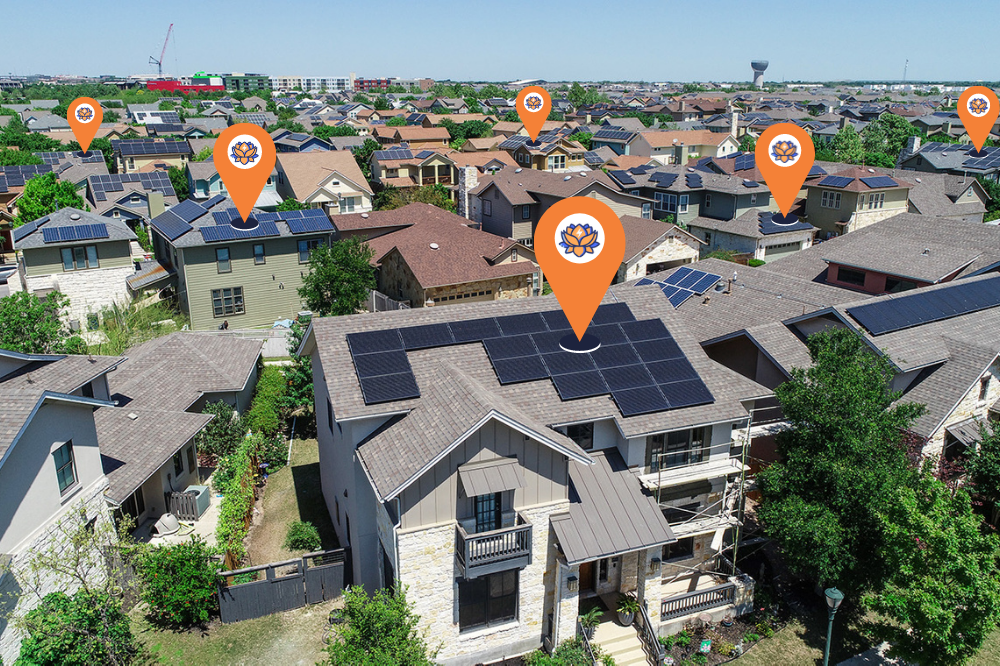The Canadian Federal government recently unveiled its latest budget, outlining additional funding to build on “A Healthy Environment and a Healthy Economy.” The budget clearly supports several policies that seek to reorient Canada’s economy away from fossil fuel dependence.
A rising carbon tax (up to $170 by 2030) and $40,000 interest-free loans for home retrofits—including solar energy installation- of notable importance in the budget. In particular, the carbon price will be helpful to facilitate the phase-out of Canada’s remaining coal power plants and other carbon-intensive fuels.
These policies highlight the government’s growing resolve to become carbon neutral by 2050. To make these policies and funding work, a wide range of tools, mechanisms, and incentives will be needed to deploy clean energy solutions throughout Canada’s communities rapidly.
The introduction of interest-free loans for residential solar installations demonstrates an understanding by the Canadian government that solar energy has a critical role to play in decarbonization. The good news is, as more homeowners adopt solar energy, the rate of adoption will only increase further.
This is because solar energy, as it turns out, is highly contagious, according to contemporary research.
The contagiousness of solar was studied by researchers at Yale University in early 2020. Another group of scientists at the Potsdam Institute for Climate Impact Research in Germany also confirmed the existence of the ‘solar contagion effect’ on April 21, 2021. By using machine learning techniques to investigate the likelihood of solar adoption, they found that “the number of solar panels within [a short] distance from a house is the most important factor in determining the likelihood of that house having a solar panel when compared with a host of socio-economic and demographic variables.
These studies and others indicate that adopting solar energy has a ‘snowballing’ effect of positive externalities. This means when homeowners see their neighbours adopt solar, they are more likely to adopt it too.
But how do homeowners in a specific neighbourhood, city or municipality see which of their neighbours have solar, or how the system is performing and or saving money? Enter Powerlily.
Powerlily is a free mobile and web app. It’s like social media for solar assets.

Powerlily Profile
When a new user signs up for a free account, they are prompted to share access to their photovoltaic (PV) performance data through their phone’s permissions. The Powerlily app works by connecting to the Enphase Enlighten monitoring service via API to index and display system data.
The Powerlily app creates a unique page or dashboard for each user where they’re able to upload photos, descriptions of their panels, location, production capabilities, and other information such as total AC capacity, commission dates, and installation details. Each user can post up to 10 systems on their customizable page.

Powerlily 1 Day View
Standard social options, including a ‘like,’ comment, and share feature, encourage interaction between users and the ability to share custom portfolio links and leave reviews. Users can comment, ask questions or discuss installation best practices. They can also swap tips for successful solar management or show off the success of their installation—which is possible thanks to the app’s real-time tracking of PV electricity generation.
Once an installation is connected to Powerlily, the app pulls the system’s historical data, tracks lifelong electricity production and total savings, and displays it in the local currency. It also generates easy-to-understand environmental indices based on up-to-date EPA data. The app also offers nonprofits and corporations a way of showcasing their environmental creds, which is increasingly relevant to organizational success in the 21st century.

Powerlily Comparison
A paid subscription to Powerlily is available but is by no means necessary to reap the benefits of the app. The subscription offers the ability to add an unlimited number of solar systems to a portfolio and grant additional, exclusive features, such as the ability to embed a portfolio onto a company website. The paid subscription, therefore, is geared towards solar businesses, not consumers.
Powerlily represents an economic opportunity for solar installers, as access to real-time data (which is quite hard to come by as of right now) enables companies to demonstrate the success of their solar panels beyond a reasonable doubt.
The lack of transparent solar industry data is a frequent barrier to the technology’s adoption for homeowners; however, this is a problem that Powerlily is uniquely positioned to solve. Making industry data accessible to everyone would be hugely beneficial for both consumers and solar industry professionals, and it would surely play a role in increasing the adoption of solar power.
With users in more than seven countries, Powerlily is well-positioned to help fill the critical information void in the solar industry, a feat that will encourage aggressive solar energy development—and get Canada one step closer to carbon neutrality.
—
Here’s our interview with Tom Rendle. Tom is the Founder of Powerlily.













Comments